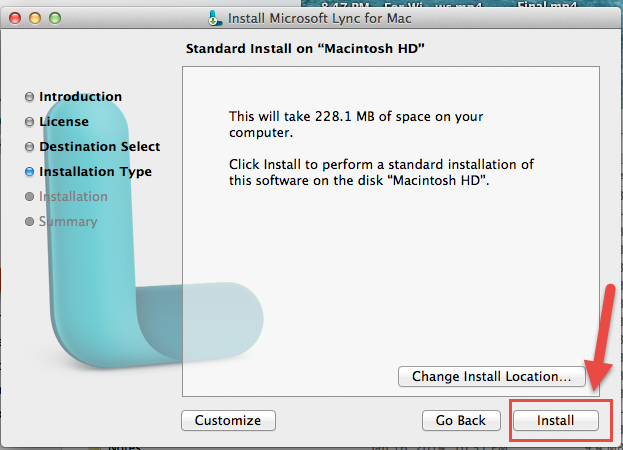

SfB and similar software packages (e.g., Adobe Connect) have a number of potential uses for collaboration and teaching: While the explanations and illustrations are fairly detailed, most users will find SfB to be fairly intuitive and user-friendly. This module is designed to walk you through installation and use. This module will refer to Skype for Business (Lync) as " SfB".

Skype for Business lets you host up to 250 people in online meetings, and it provides a more secure online environment. The free version of Skype is good for personal use, but has many limitations compared to Skype for Business. Note also that Skype for Business is NOT the same as the free version of Skype for home. Some Boston University support information may still refer to Lync, but these are identical. Lync was the name of the original product, but the name changed in 2015. If you're home-based and are using a personal Mac, I suggest not following these additional steps.NOTE: This module focuses on the installation and use of Skype for Business (aka Lync), which are synonymous. These steps should only be followed if you're well versed in Terminal, or a member of your support team has given you the go-ahead. Your IT manager might recommend extra steps for removing Skype for Business. Right-click on the Skype for Business icon on the Mac dock.ĭrag the Skype for Business app into the Trash.Click Skype for Business from the Skype for Business toolbar.Ĭlose the Skype for Business on Mac sign in page.Here's how to do a regular and clean Skype for Business uninstall on macOS. But no matter the reason, the time may come when you need to delete the Skype for Business app from your devices. Skype for Business is a similar product, but one for the enterprise, and you may be using it more because you're working from home these days. Skype is a popular telecommunications app from MIcrosoft that offers video chat and voice calls across multiple devices, including Mac, iOS, and iPadOS, among many others.


 0 kommentar(er)
0 kommentar(er)
